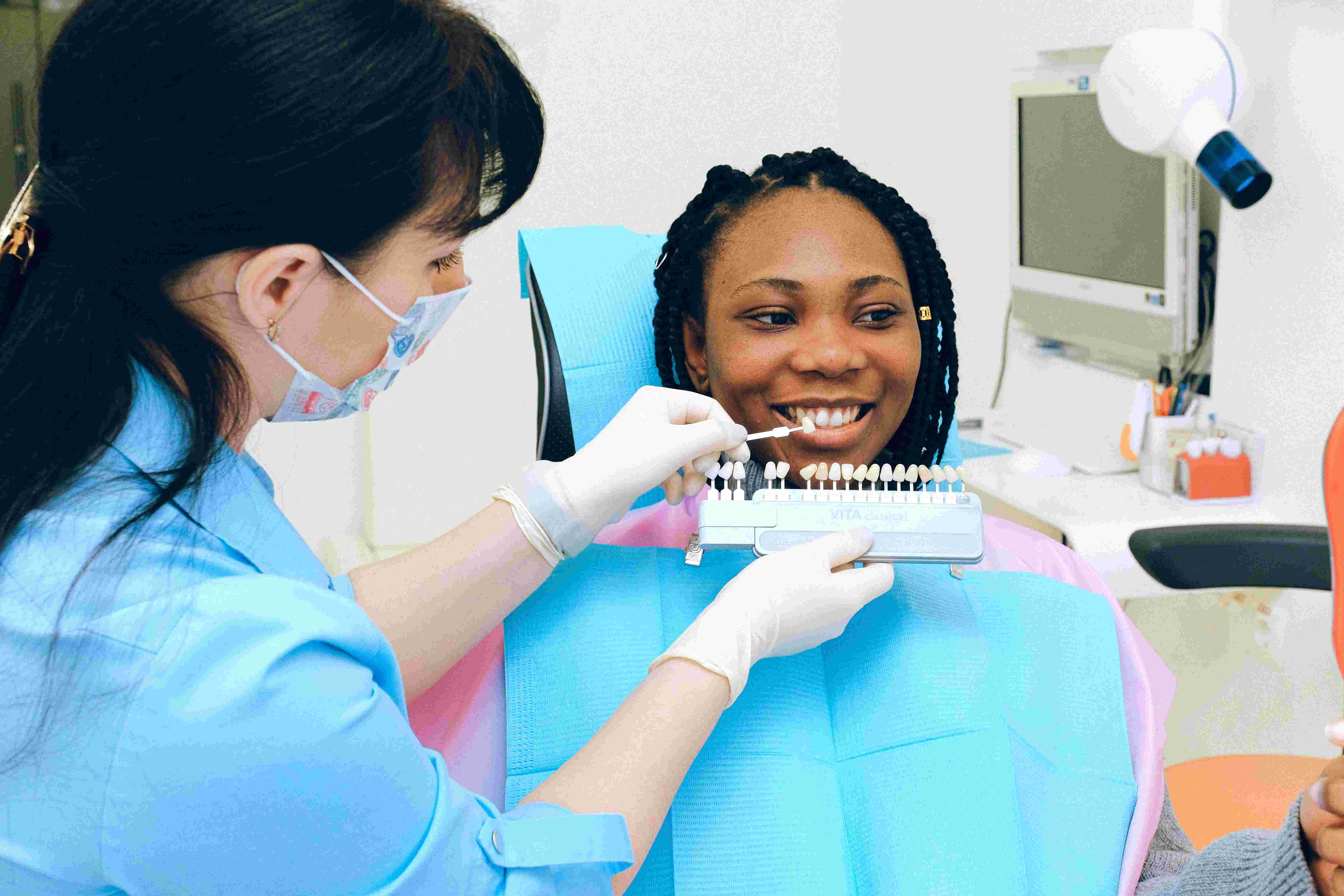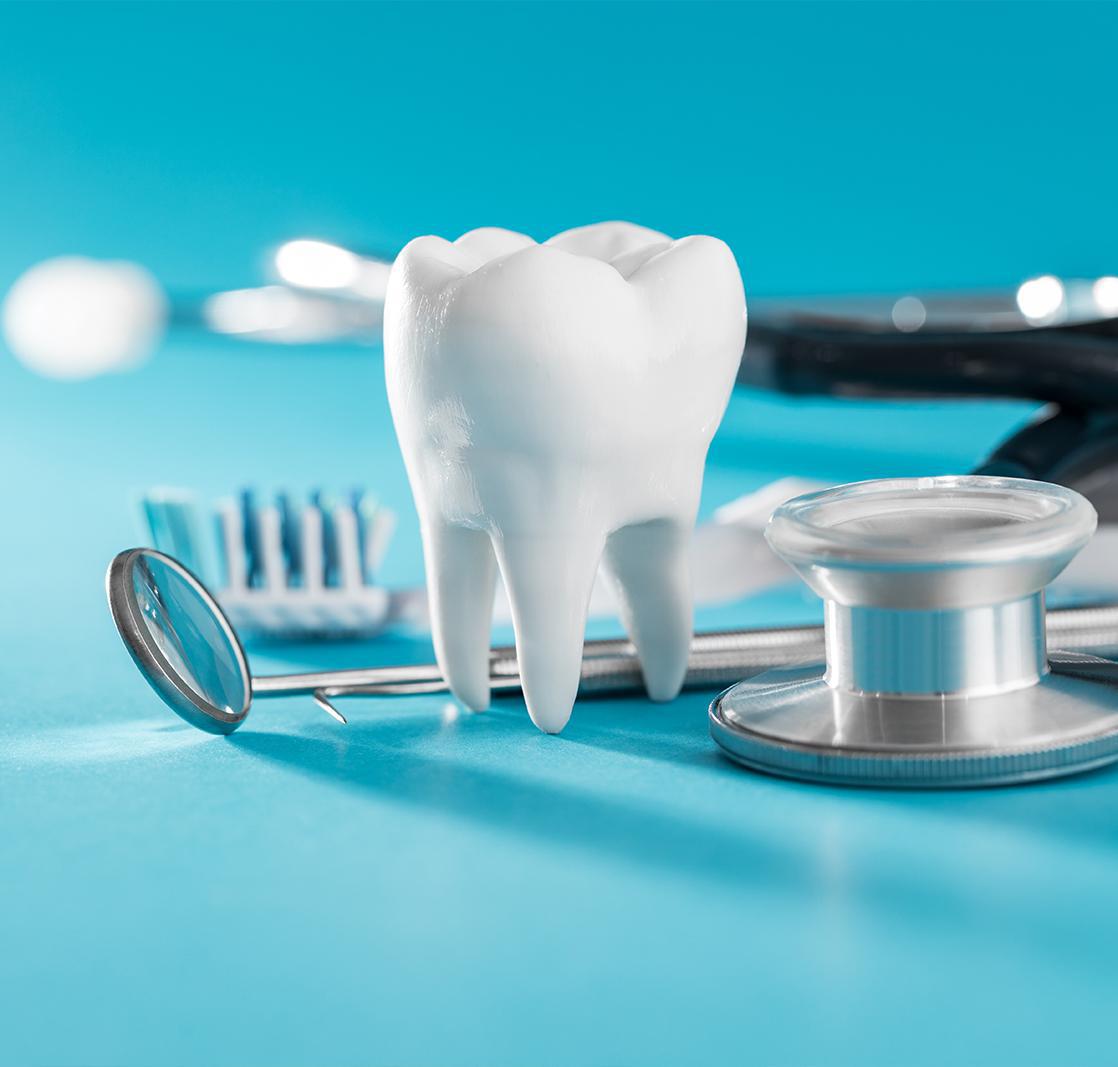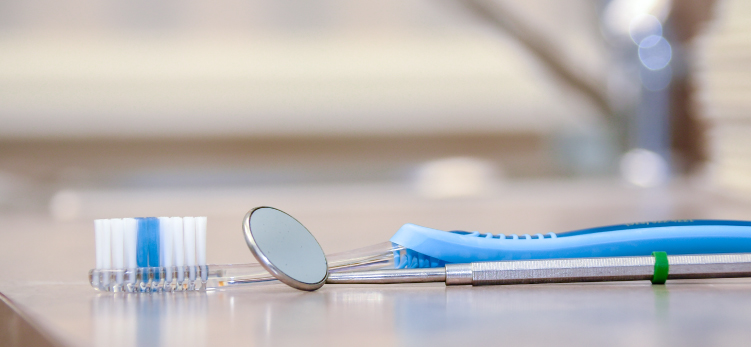Bridges are vital appliances that are designed to replace missing teeth. It is planned as a single, multi-tooth unit with functional crowns on either end. The bridge is placed over the teeth adjoining the missing one, with a prosthetic tooth suspended between them. They can be made of ceramic, porcelain fused to a metal base, or gold.
Why Should You Replace Missing Teeth?
The void created by missing teeth can affect your oral health. These gaps can lead to chewing problems, difficulty in speech and adversely impact the aesthetic appeal of your smile. If even one tooth goes missing, other teeth may slowly move out of position. This alters the way your teeth fit together. An improper bite may put undue stress on the muscles and jaw joints. Additionally, your teeth may become harder to clean, leading to tooth decay and gum disease.
Types of Dental Bridges
Tooth loss is associated with reduced self-confidence and eating difficulties. So, it is imperative to replace the missing teeth promptly with an appliance that resembles your natural teeth perfectly. With recent developments in dentistry, several options are now available for the patients to choose from, such as:
Traditional Bridge
Traditional bridges can be apt when you have healthy natural teeth present on both sides of the gap of your missing tooth. They are the most common bridges manufactured from ceramic materials or porcelain fused to metal.
Cantilever Bridge
Cantilever bridges can be opted when adjacent teeth are present on only one side of the missing tooth, such as a molar tooth. They are usually used to replace only one tooth at a time.
Maryland Bridge
Also referred to as a resin-bonded bridge, these are made with plastic teeth and gums and are supported by metal bonds. The bridge has tiny metal wing-like attachments secured to the existing teeth.
Implant-Supported Bridge
The implant-supported bridges use dental implants for support. In recent times they have become popular as no existing teeth will need to be filed down to support a crown. Implant-supported bridges are held by dental implants and encourage the bones just as the tooth's roots.
Procedure for Dental Bridges
The placement of bridges will need two dental appointments. Dr. Anderson will begin by preparing the adjoining teeth on either side of the gap. It involves removing some of the tooth structure to make room for the supporting crowns. Once this is done, we will take the prepared teeth' impressions to fabricate the bridges and send them to our dental lab.
Once the restoration is ready, we will conduct a bite test to check for a proper bite. If required, we will make the necessary adjustments before bonding the bridges permanently into position.
To learn more about our bridge restorations, visit our office, Robert E. Anderson, D.D.S., at 4300 Golden Center Dr, Suite G, in Placerville, CA 95667. You can also reach us at (530) 622-9068.







